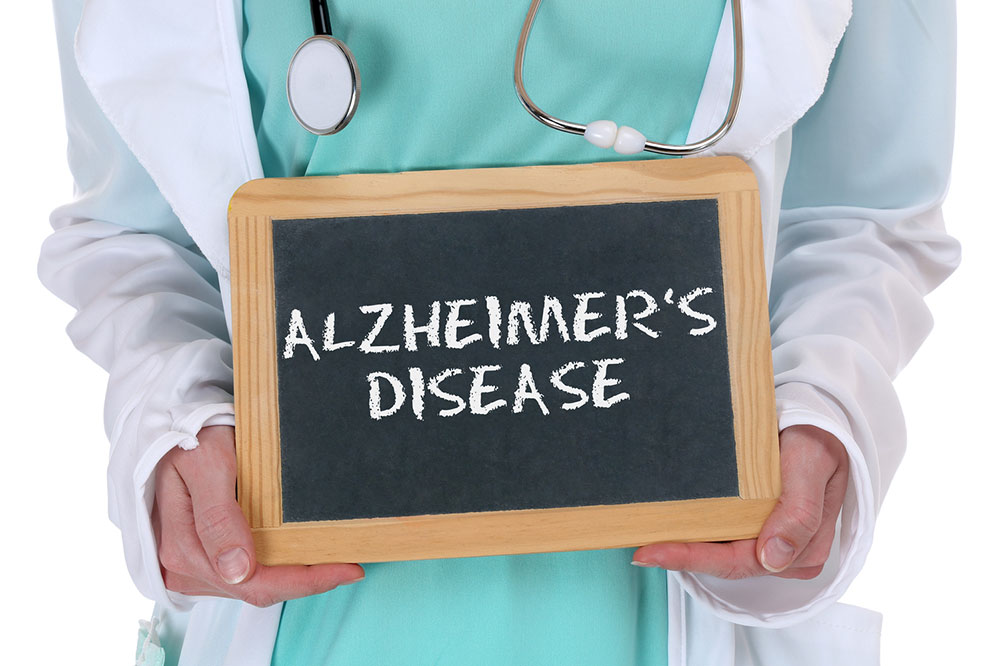A Guide to Identifying Alzheimer’s Disease and its Various Stages
Learning that a loved one has been diagnosed with Alzheimer’s can take a toll on anybody. This progressive disease is emotionally and physically traumatizing as it gradually affects one’s memory, their ability to think and perceive. In order to manage the symptoms effectively, knowing about the stages of progress and treatment options is crucial. The experience of the disease may differ from person to person but the trajectory from the beginning to the end of the illness is the same.

Preclinical Alzheimer’s
The preclinical stage of Alzheimer’s is not clearly observed and signs of memory loss or dementia are not evident. Family history alone may denote the risk of this stage or else one’s regular physician may recognize biomarkers signifying the risk, suggesting a visit to a neurologist.
Normal forgetfulness
After crossing 65, it is common to forget things. But at stage two of Alzheimer’s, the tendency to forget things tends to increase rapidly than in people of the same age group who do not suffer from the disease.
Mild decline
The symptoms at this stage are less clear and it usually continues for about 7 years. The symptoms gradually become obvious within 2- 4 years. Only those who are very close may detect the signs since they are still quite subtle. The quality of work may decrease and the victims may find it difficult to learn new skills. Other signs of the third stage include things like getting lost in a well-known route, difficulty in remembering correct words/names, an inability to remember recent news, inability to remember new names/ people, frequent loss or misplacement of an item, a decrease in concentration.
Moderate Decline
This 4 th Alzheimer’s stage lasts almost two years and marks the commencement of identifiable Alzheimer’s disease. In this stage, precise indications of the ailment are clear. Mood swings become more frequent. The s igns of decline appearing in this stage include an awareness of present or latest events decreases, recollecting past events is difficult, there is a marked difficulty in dealing with finances and bills, and counting backward from 100 becomes a near impossibility.
Moderate dementia
Great support is required at stage 5 which tends to last for about one-and-a-half years. During this stage, people start to require help for daily activities. They may face t rouble in getting dressed, particularly with buttons or hooks, they may not be able to remember simple details like phone numbers or an address, they may also undergo a constant state of confusion and puzzlement without any evident trigger.
Still, at this stage, people can retain basic functionality like bathing and go to the toilet without any help. Generally, they may also be able to remember the names of their family members.
Fairly severe Alzheimer’s
People in this stage of Alzheimer’s require continuous overseeing and often need professional care. Five recognizable features are evident during the course of the two-and-a-half years for which this stage might last:
- Apart from not being able to select their clothes, someone on this stage of Alzheimer’s will have to be assisted in putting them on properly.
- Oral hygiene starts to decline and they need assistance to adjust water temperature prior to baths.
- Initially, few patients may not remember to flush the toilet or even discard tissue papers in the bin. Further, when the disease advances, they will not be able to control their bladder and bowels and require help with cleanliness.
- They might begin stammering and forgetting words more frequently.
- They may fear the thought of staying alone at home or stepping out of the house without any assistance.
Severe Alzheimer’s
This is the last stage of Alzheimer’s. In the final stages of Alzheimer’s, the patient becomes fully dependent on their caregiver lose their ability to communicate. They are unable to recognize sound and speed, muscle memory fails the so need help to sit up or walk around, they cannot emote, they cannot hold their head up. and The associate-stages last around one to two-and-a-half years and d ue to rigid body movements, they will feel severe pain. About 40% of people with Alzheimer’s disease experience shortening plus hardening of tendons, muscles, etc. in addition to the above-mentioned signs.
Treatment and prevention
Even though there is no cure for Alzheimer’s, preventing the symptoms by taking proper treatment can inhibit the disease from progressing at a fast rate. Changes in diet, supplements, body and mind exercise and medications may have a helpful effect on the symptoms. Medications help to control neurochemicals for communication skills, thinking, and memory.
A person who is inflicted with Alzheimer’s will have an average lifespan of 4-8 years after being diagnosed with the disease. While the patient may not feel the symptoms themselves or be in denial, those around them will be able to do so. Hence it is vital to take notice of any obvious shifts in memory or mental functioning and seek assistance in the early Alzheimer’s stages before waiting for the situation to worsen.




